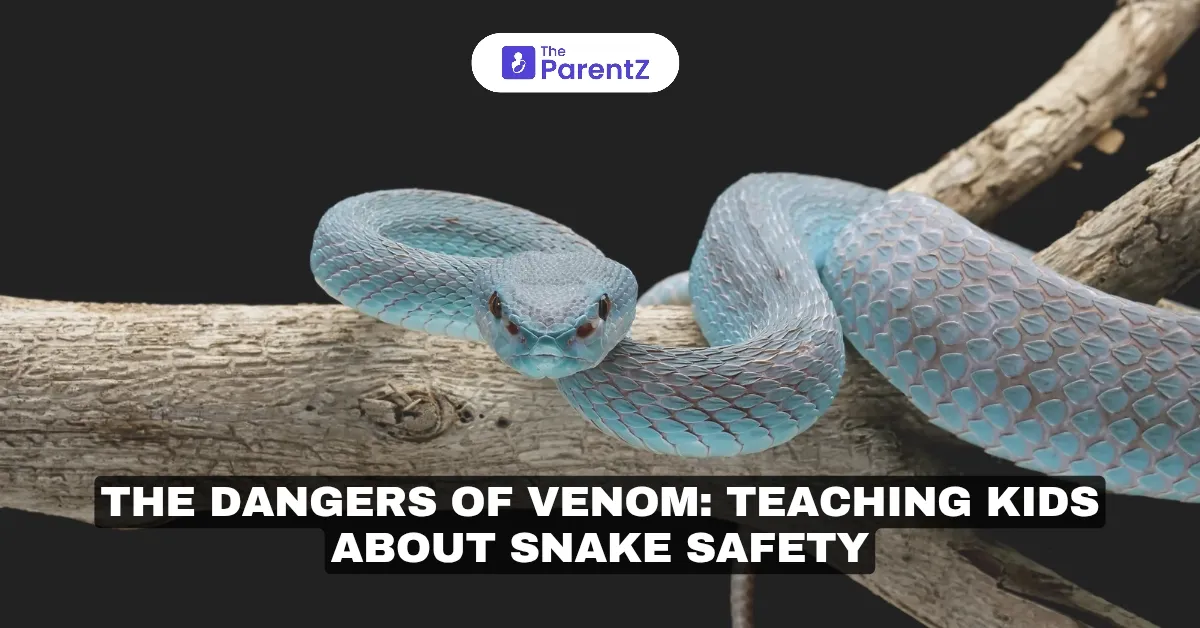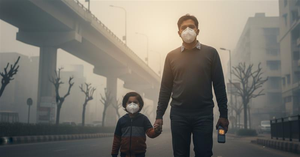Snakes are fascinating creatures that play an important role in maintaining ecological balance. However, their presence near human settlements can be dangerous, especially for children. Teaching kids about snake safety is essential to prevent snakebite incidents and ensure they respond correctly if they encounter one.
Why Snake Safety Education is Important for Kids
Children are naturally curious and may not recognize the dangers associated with snakes. Many snakebite cases involve young children who unknowingly step on or try to pick up a snake. Since toddlers and infants cannot communicate distress effectively, it is even more crucial for parents to be vigilant.
By teaching children about snake safety, you can:
✔ Reduce their chances of getting bitten.
✔ Help them react calmly in an encounter.
✔ Dispel myths and superstitions surrounding snakes.
Common Venomous Snakes and Their Risks
Snakes vary by region, but in India, the most dangerous species—often called the “Big Four”—include:
1. Russell’s Viper (Daboia russelii) – Causes severe internal bleeding and kidney damage.
2. Indian Cobra (Naja naja) – Its neurotoxic venom leads to paralysis and respiratory failure.
3. Common Krait (Bungarus caeruleus) – Bites are often painless but can cause fatal paralysis.
4. Saw-scaled Viper (Echis carinatus) – Causes uncontrolled bleeding and tissue damage.
Other venomous species, such as pit vipers and sea snakes, also pose risks in certain areas.
How to Teach Kids About Snake Safety
1. Teaching the “Look, Don’t Touch” Rule
Children should be taught to:
🚫 Never try to catch, touch, or play with a snake.
🚫 Avoid poking dead or seemingly motionless snakes.
🚫 Never chase or throw objects at snakes.
2. Recognizing Snake Habitats
Kids should know that snakes often hide in:
✔ Tall grass, bushes, and woodpiles.
✔ Piles of leaves, compost heaps, or under rocks.
✔ Small holes, cracks, and burrows.
✔ Storage areas, sheds, or dark corners of homes.
3. How to Respond When Seeing a Snake
If a child encounters a snake, they should:
✔ Stay still and back away slowly.
✔ Not make sudden movements or loud noises.
✔ Never try to kill the snake.
✔ Inform an adult immediately.
If you want to learn more about snake venom and its effects, check out this article on venom toxicology.
Preventing Snake Encounters in Homes and Play Areas
At Home
✔ Keep surroundings clean and clutter-free to prevent hiding spots.
✔ Store food properly to reduce rodent activity, which attracts snakes.
✔ Seal cracks in walls, doors, and floors to prevent snake entry.
✔ Install mesh screens on windows and doors.
In Play Areas and Outdoors
✔ Clear tall grass and bushes near playgrounds.
✔ Ensure children wear closed-toe shoes while playing outdoors.
✔ Teach kids to use a flashlight when walking in dimly lit areas.
✔ Avoid sleeping directly on the ground in snake-prone regions.
For more first-aid tips on snake bites, read this guide on emergency care.
What to Do If a Snake Is Near Your Home
1. Stay Calm – Do not panic or try to handle the situation alone.
2. Keep Children and Pets Away – Secure the area and prevent unnecessary movement.
3. Contact Local Wildlife Authorities – Most areas have snake rescue teams that safely relocate snakes.
4. Watch the Snake From a Distance – Do not attempt to kill it; many snakes are non-venomous and protected by law.
Dispelling Myths About Snakes
🚫 “All snakes are venomous.” – Many are harmless and help control pests.
🚫 “Snakes chase humans.” – They only attack if threatened.
🚫 “A snakebite without pain is harmless.” – Krait bites are painless but deadly.
🚫 “Traditional healers can cure snakebites.” – Only medical treatment and anti-venom can save lives.
Parents should ensure children understand these facts to prevent unnecessary fear and superstitions.
What Parents Can Do to Ensure Safety
✔ Educate children about snake behavior and identification.
✔ Supervise outdoor play, especially in snake-prone areas.
✔ Keep a list of emergency contacts, including local snake rescue teams and hospitals with anti-venom.
✔ In case of a snakebite, follow scientific first-aid guidelines instead of traditional remedies.
For more on emergency snakebite treatment, check out this article on medical intervention.
Conclusion
Teaching children about snake safety is crucial in preventing accidents and ensuring they know how to react if they encounter a snake. By educating kids on recognizing snake habitats, responding calmly, and avoiding myths, parents can significantly reduce risks. Remember, awareness and prevention are the best tools for keeping your family safe from venomous encounters.








Be the first one to comment on this story.